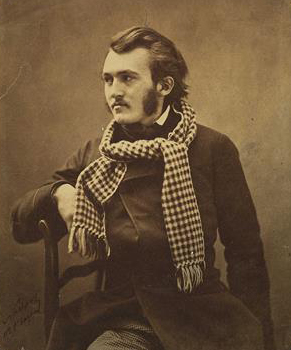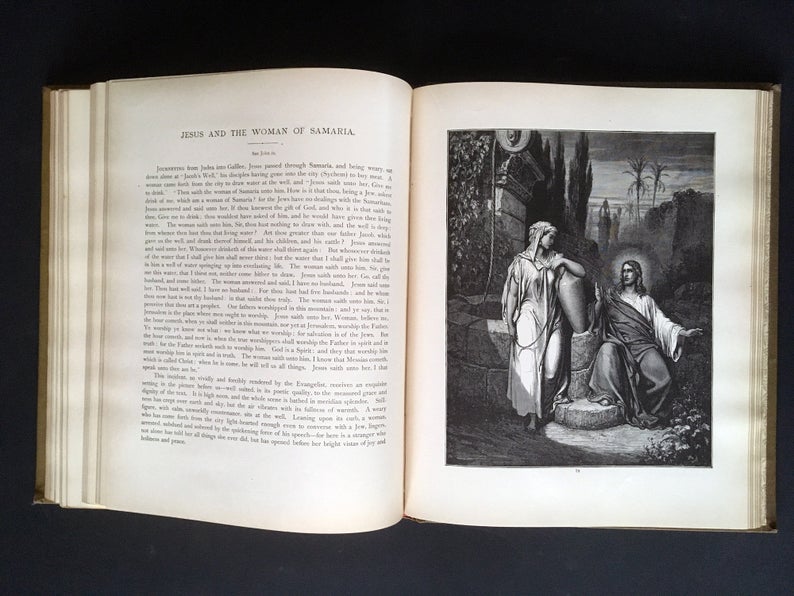When we work with museums to build new websites or optimize their existing web content, we like to kick off the project with a content strategy consultation. We meet with your leadership and department heads, conduct workshops, and hone in on your unique positioning and content ideas. Our prototypes then synthesize and express the strategy we discussed and imagined. But content strategy has to move beyond the initial plan.
But sometimes, it’s hard for a museum’s well-thought-out content strategy to gain traction. Is it because we developed the wrong plan for the institution? I’d like to think our content strategies are infallible mission-extending, margin-boosting storytelling machines. But realistically, content strategies are dynamic and malleable that change as you learn about what works and what doesn’t. And you can only learn from your plan by executing it.
So let’s talk about what it takes to harness the energy that goes into your content strategy so that you can regularly produce great content once your site is launched. And if you still think it’s out of reach for your museum, I’ll let you know how Cuberis can help you.
The Right Plan
There are two types of goals your content should address: functional and narrative. Because museums are driven by extending the reach their missions, one museum’s functional goals may be very similar to another’s. But that’s often where the strategic similarities end. Your collections, your community, and your history are what make your museum unique. So your museum’s narrative goals should not look exactly like any others’. Refining your museum’s own goals is only the first step in developing a content strategy. Think of that as the “what are we going to say?” step. After that comes the “how are we going to pull this off?” step.
As we’re developing a content strategy with you, we’ll ask you who is available to write or produce content, who can coordinate assets and assignments, and when will you be able to regularly meet as an editorial team. We know that museums differ in size of staff and available resources, so your plan should also consider who has the time, interest, and ability to produce content.
If you’ve got a small team, and an ambitious goal of writing three new blog posts a week, along with a monthly podcast and a series of behind-the-scenes videos, you might just have the wrong plan. If your plan takes into account what you can actually pull off with the resources you have, you’ll have a much better success rate.
Healthy Habits
So you think you’ve got a plan that will work for your team. Awesome! The bad news is, even the best content plan won’t execute itself. One word that we use time and time again with our clients is “habits.” As in, you’ve got to make content strategy a habit. We even have a metaphor that helps illustrate this point.

If your museum’s website is like a body, each type of content is a different part of your overall wellness routine (read more about each type in our ebook). In short, your physical body isn’t going to keep itself healthy. You need to show up at the gym, eat well, take showers(!), and find meaningful work. Similarly, your content won’t produce itself without adherence to a plan.
In our experience, the best tool for sticking with your content plan is an editorial calendar. As I wrote before, your calendar will help you document and review the content you’ve already produced, and plan for what content needs to be produced in the future. It will also help you produce the content in a practical way. You can track which pieces have been assigned to whom, when they’re due, and what sort of media is needed to produce any given piece.
If you get into the habit of meeting monthly to review your content and set your calendar, strategically thinking about your museum’s website will start to feel automatic.










